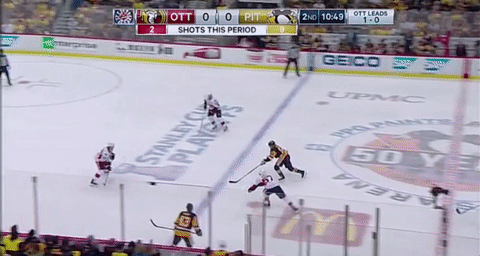Introduction
It is far from shocking that the National Hockey League has no peer among major American sports leagues in terms of racial homogeneity. Most estimates place the proportion of White players in the league in the range of 92-95%, far from comparable leagues like the National Football League, National Basketball Association and even Major League Baseball.
In the past year, the league celebrated an obscure but rather dubious milestone. If you combined all the faceoffs* taken by every Black player** in the NHL between 2008 and 2019, you would end up with 14,375 total faceoffs, or about 20 fewer than Golden Knights center Paul Stastny in that time frame (according to Hockey-reference.com). It was only in this past season that the total of the Black players overtook Stastny.


